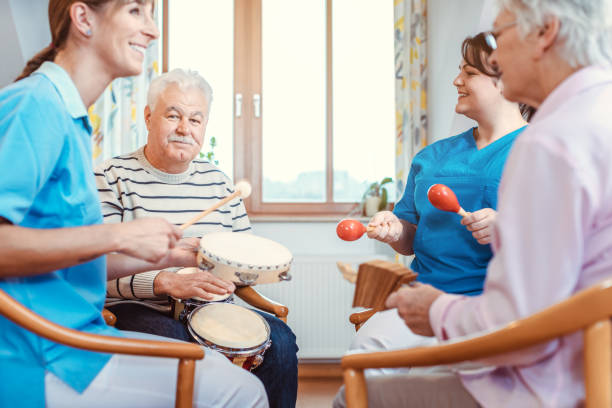Medical Alert Services: What They Offer and How to Choose
Many people choose medical alert services to add a layer of safety for older adults who live alone or spend time away from immediate care. These services combine wearable devices, monitoring centers, and emergency response protocols to help a senior contact help quickly if they fall, feel unwell, or face another urgent situation. Understanding how devices and services differ can help families select appropriate local services and integrate them into a broader healthcare plan.

What is a medical alert device?
A medical alert device is hardware worn or placed in the home that connects a user to a monitoring service. Common formats include wearable pendants, wristbands, and in‑home base units that use a landline or cellular connection. Many devices support two‑way voice communication so an operator can speak with the user, confirm the situation, and dispatch emergency responders or contact designated caregivers. Modern units often include mobile options with GPS for use outside the home.
Why seniors use medical alert services
Seniors and their families select medical alert services to reduce risk and increase independence. For many elderly adults, the ability to summon help with a single step provides reassurance after a fall or sudden illness. Beyond falls, alerts can be used for chest pain, dizziness, or other symptoms that require prompt attention. Monitoring centers typically operate 24/7 and follow established escalation protocols, which helps ensure consistent responses even when family members are unavailable.
Options for elderly living independently
Options range from simple in‑home systems to mobile, GPS‑enabled devices that work in the community. In‑home systems usually include a base unit and an emergency button worn as a pendant or wristband; these are well suited for seniors who spend most time at home. Mobile medical alert devices are designed for active seniors who travel, offering cellular connectivity and location tracking. Some providers add fall detection sensors, medication reminders, or integration with smart‑home devices to expand functionality.
How the emergency button works
An emergency button is the core feature of most medical alert setups. When pressed, the device sends a signal to the monitoring center or to a paired smartphone app. The operator attempts voice contact through the device; if the user cannot respond, the operator follows preconfigured instructions, which may include contacting family members, emergency contacts, or dialing local emergency services. Some systems include automatic fall detection that triggers a call when unusual movement patterns are detected, though false alerts can occur with certain activities.
Role in broader healthcare and response
Medical alert services are one element of a senior’s healthcare and safety plan, not a replacement for medical care. They can shorten the time between an incident and receiving help, which may reduce complications from untreated emergencies. Healthcare providers and care coordinators sometimes recommend these services for patients at higher fall risk or with chronic conditions. Coordination with primary care, home health, and local services can optimize how alerts are handled and ensure that relevant medical information is available to responders.
This article is for informational purposes only and should not be considered medical advice. Please consult a qualified healthcare professional for personalized guidance and treatment.
In summary, medical alert services combine wearable or installed devices, monitoring centers, and response protocols to support seniors who value independence with an added layer of safety. When comparing options in your area, consider device type (in‑home vs mobile), whether fall detection is included, response center hours and procedures, and how the service integrates with existing healthcare arrangements. Carefully reviewing features and local services helps match a device and monitoring plan to an individual’s needs and daily routines.






